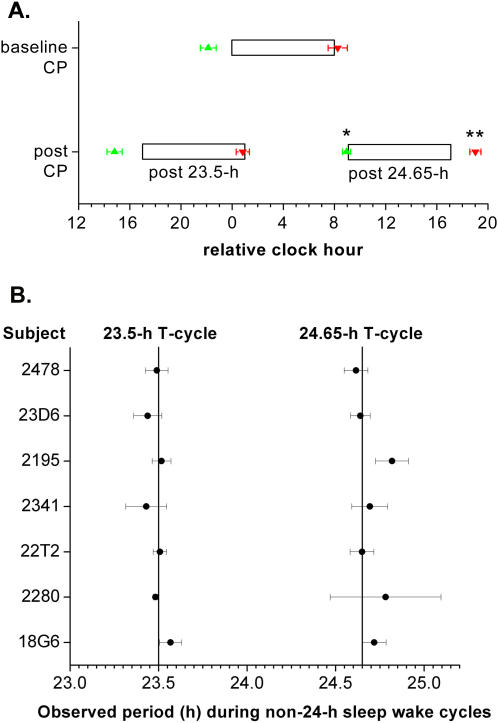Figure 2. Lighting regime was effective for entraining circadian timing system to 24.65-h and 23.5-h rest-activity cycles.
(A) The phase angles of entrainment were not different between the CP protocols at baseline and that following the 23.5-h days. The phase angles of entrainment were significantly different between the CP protocols at baseline and that following the 24.65-h days, such that the melatonin DLMOn25% and DLMOff25% during the CP protocol following the 24.65-h days relative to the scheduled sleep episode occurred even later than during the baseline CP protocol. Therefore, the lighting regimes were effective in maintaining entrainment to both non-24-h sleep-wake cycles at an appropriate phase angle. During the CP protocol following fourteen 23.5-h days (post 23.5-h), the timing of the scheduled sleep episode occurred 7 clock hours earlier than during the CP protocol preceding these shorter-than-24-h days. During the CP protocol following fourteen 24.65-h days (post 24.65-h), the timing of the scheduled sleep episode occurred 9.1 clock hours later than during the CP protocol preceding these longer-than-24-h days. Open bars, scheduled 8-h sleep episodes during CP protocols; green upward-triangle, DLMOn25%; red downward-triangle, DLMOff25%; error bars, SEM; *, P<0.01; **, P<0.005. (B) Light was effective for entraining the circadian timing system, such that the observed circadian period was similar to the period of the imposed non-24-hour sleep-wake cycles. Vertical lines, 23.5-h and 24.65-h day-night cycles (T-cycles); Error bars, 95% confidence interval.

